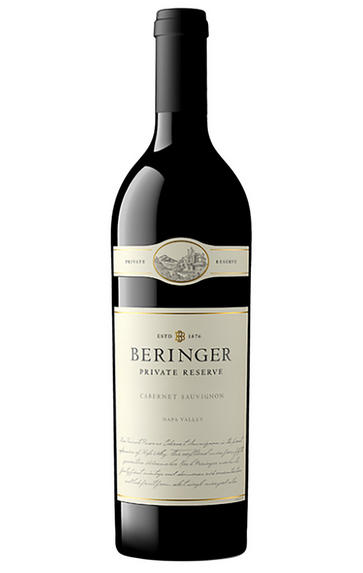
2010 Beringer, Private Reserve, Cabernet Sauvignon, Napa Valley, California, USA
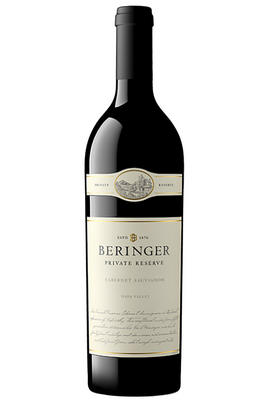
Critics reviews
Deep crimson. Very complete and luscious on the nose. I'd be very happy to drink this as a nightcap – great balance if you don't mind the warm finish – but I think it could be a bit of a knockout blow at the dinner table. Certainly very well made. Very typical Napa Valley Cab well done.
Drink until 2023
Jancis Robinson MW, JancisRobinson.com (October 2014)
The 2010 Cabernet Sauvignon Private Reserve is built from completely different sources. Sixty-six percent came from the St. Helena Home Ranch, 18% from the Chabot Vineyard, and the rest from Beringer’s estates in St. Helena, Rutherford and Coombsville. It is 100% Cabernet Sauvignon that came in at 14.6% natural alcohol with a pH of 3.8.
Perhaps the greatest Beringer Private Reserve since the 2007, 2005, 2002 and 2001, the 2010 offers up notes of lead pencil shavings, creme de cassis, subtle smoke, wet rocks and background oak. Full-bodied, rich and impressive, it can be drunk now or cellared for two decades.
Despite the enormity of this enterprise (multiple wineries and a global network), the flagship estate in northern California, Beringer Vineyards, continues to be in very capable winemaking hands, and the quality of the wines remains exceptionally impressive, particularly when you look at some of the huge production numbers of their lower priced offerings.
The red wines currently in the market are from the challenging 2011 vintage. As for the Private Reserve Cabernets, production can vary significantly depending on the vintage, from around 8,000 cases to nearly twice that in an abundant year. As for the single vineyard wines, I will keep my notes short as these are only available to members of the Beringer Wine Club.
I was surprised by how strongly all these 2011s performed, but three of the single vineyards are on Howell Mountain.These are all excellent wines, but it seems to me that the Private Reserve, a blend of the best lots from these sources, always turns out to be Beringer’s finest Cabernet Sauvignon.
Drink 2020 - 2030
Robert M. Parker, Jr., Wine Advocate (October 2013)
Saturated bright ruby to the rim. Musky aromas of blackcurrant, licorice, tobacco and graphite minerality. Large-scaled, plush and sweet on entry, then an utterly seamless wave of black fruits, minerals and cocoa powder on the palate. Lovely fruit sweetness nicely supported by serious broad tannins. A big boy for this bottling but not heavy.
This wonderfully plush, pliant, tactile wine displays the ripeness of the vintage in spades; it's almost porty in its richness but benefits from an element of violet lift. Finishes with serious but ripe tannins and slowly mounting length.
A knockout today but may be even better as it burns off a bit more of its baby fat. In fact, my sample showed more shape--even juiciness--with 72 hours in the recorked bottle, without any loss of fruit. A beauty.
Drink 2022 - 2038
Stephen Tanzer, Vinous.com (May 2020)
About this WINE
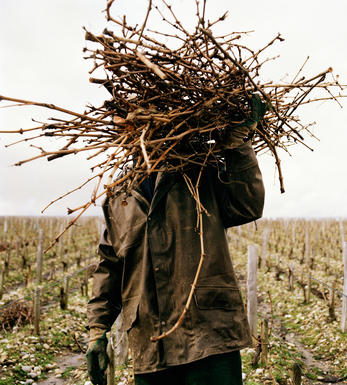
Beringer Vineyards
Beringer is one of the most historic of all California’s wineries, established in 1876 by German immigrant Jacob Beringer
Based in St. Helena, the company derives its fruit primarily from Napa, but also from Knights Valley and Carneros, while Yountville in the south of the Valley is the primary source of its Chardonnay grapes. The company's best Cabernet Sauvignons and Merlots come from fruit grown in the Bancroft Range 200ft above sea level on Howell Mountain.
Like many Californian wineries Beringer operate at various levels, producing very reasonable wines for the mass market, very fine varietal wines aimed at the discerning consumer and then at the very top end a selection of Private Reserve wines fit to rank alongside the best found anywhere in the world. We have always been astonished at how consistent their quality can be across such a wide spectrum of levels.
The premium Chardonnays being powerful, yet balanced and focused, and amongst California's best. The premium reds combine power with finesse and have superb cellaring potential.
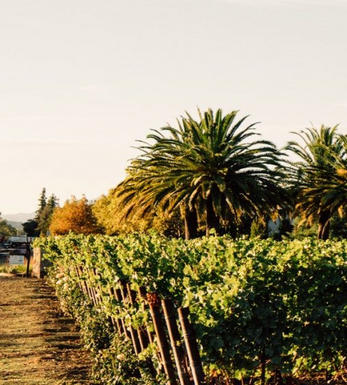
St. Helena
St. Helena is situated in the heart of Napa Valley, in California, approximately midway between the towns of Napa and Calistoga. It is known for its picturesque vineyards and is a central hub within the Napa Valley wine-growing region.
Like much of Napa Valley, St. Helena experiences a Mediterranean climate characterised by warm, dry summers and cool, wet winters. The climate is well-suited for grape cultivation, particularly for Cabernet Sauvignon, the region's flagship varietal.
The soils are diverse, ranging from gravelly and alluvial soils to volcanic and sedimentary deposits. These varied soil types contribute to the complexity and unique characteristics of wines produced in the region.
St. Helena is known for producing high-quality wines, emphasising Cabernet Sauvignon. Other varietals, such as Merlot, Zinfandel, and Chardonnay, are also cultivated in the area. The region is home to several renowned wineries and vineyards that have significantly shaped the reputation of Napa Valley wines. Some notable wineries include Beringer Vineyards, and Heitz Wine Cellars.
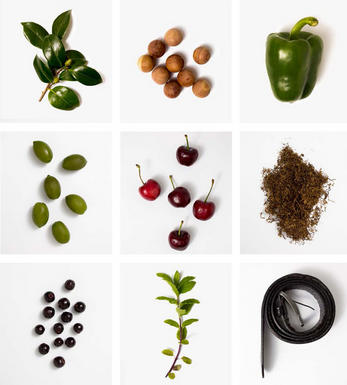
Cabernet Sauvignon
The most famous red wine grape in the world and one of the most widely planted.
It is adaptable to a wide range of soils, although it performs particularly well on well-drained, low-fertile soils. It has small, dusty, black-blue berries with thick skins that produce deeply coloured, full-bodied wines with notable tannins. Its spiritual home is the Médoc and Graves regions of Bordeaux where it thrives on the well-drained gravel-rich soils producing tannic wines with piercing blackcurrant fruits that develop complex cedarwood and cigar box nuances when fully mature.
The grape is widely planted in California where Cabernet Sauvignon based wines are distinguished by their rich mixture of cassis, mint, eucalyptus and vanilla oak. It is planted across Australia and with particular success in Coonawarra where it is suited to the famed Terra Rossa soil. In Italy barrique aged Cabernet Sauvignon is a key component in Super Tuscans such as Tignanello and Sassicaia, either on its own or as part of a blend with Sangiovese.


Buying options
Add to wishlist
Description
Deep crimson. Very complete and luscious on the nose. I'd be very happy to drink this as a nightcap – great balance if you don't mind the warm finish – but I think it could be a bit of a knockout blow at the dinner table. Certainly very well made. Very typical Napa Valley Cab well done.
Drink until 2023
Jancis Robinson MW, JancisRobinson.com (October 2014)
wine at a glance
Delivery and quality guarantee